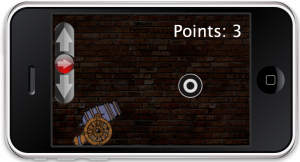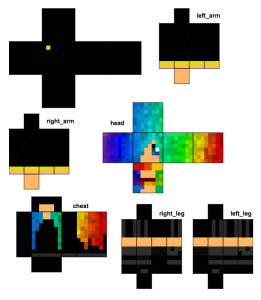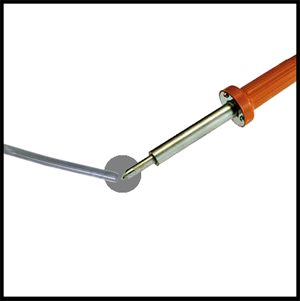 Just threw together a small tool to help generate game design ideas. The page presents two game mechanics (drawn from the excellent list at Board Game Geek), and two subjects. Mousing over either mechanic shows the description, and reloading the page presents a new combination.
Just threw together a small tool to help generate game design ideas. The page presents two game mechanics (drawn from the excellent list at Board Game Geek), and two subjects. Mousing over either mechanic shows the description, and reloading the page presents a new combination.
To check it out, either click on the image, or go here
 Follow
Follow







